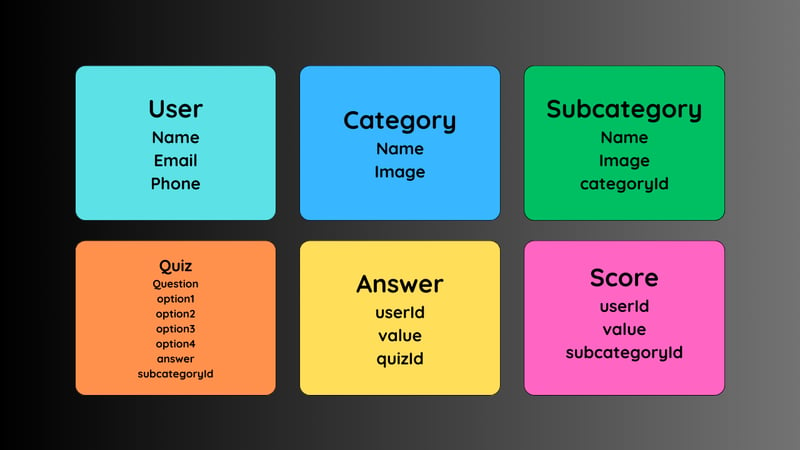call, apply, and bind in a simple way with easy examples
Let’s break down call, apply, and bind in a simple way with easy examples. All three are used to set the value of this in a function, but they work slightly differently. call() What it does: Calls a function immediately with a specified this value and arguments passed one by one. Syntax: function.call(thisArg, arg1, arg2, ...) Example: function greet(greeting, punctuation) { console.log(`${greeting}, my name is ${this.name}${punctuation}`); } const person = { name: "Kishan" }; greet.call(person, "Hello", "!"); // Output: "Hello, my name is Kishan!" Key Point: call() immediately executes the function. Pass arguments separately. apply() What it does: Calls a function immediately with a specified this value and arguments passed as an array. Syntax: function.apply(thisArg, [arg1, arg2, ...]) Example: greet.apply(person, ["Hi", "."]); // Output: "Hi, my name is Kishan." Key Point: Similar to call(), but you pass arguments as an array. bind() What it does: Returns a new function with a specified this value. It does not execute the function immediately. Syntax: const newFunction = function.bind(thisArg, arg1, arg2, ...) Example: const greetKishan = greet.bind(person, "Hey", "!!"); greetKishan(); // Output: "Hey, my name is Kishan!!" Key Point: bind() returns a new function that you can call later. Useful when you want to save a function with a specific this for later use (e.g., event handlers).

Let’s break down call, apply, and bind in a simple way with easy examples. All three are used to set the value of this in a function, but they work slightly differently.
- call()
- What it does: Calls a function immediately with a specified this value and arguments passed one by one.
- Syntax:
- function.call(thisArg, arg1, arg2, ...)
- Example:
function greet(greeting, punctuation) {
console.log(`${greeting}, my name is ${this.name}${punctuation}`);
}
const person = { name: "Kishan" };
greet.call(person, "Hello", "!");
// Output: "Hello, my name is Kishan!"
Key Point:
- call() immediately executes the function.
- Pass arguments separately.
- apply()
- What it does: Calls a function immediately with a specified this value and arguments passed as an array.
- Syntax:
- function.apply(thisArg, [arg1, arg2, ...])
- Example:
greet.apply(person, ["Hi", "."]);
// Output: "Hi, my name is Kishan."
Key Point:
Similar to call(), but you pass arguments as an array.
- bind()
- What it does: Returns a new function with a specified this value. It does not execute the function immediately.
- Syntax:
- const newFunction = function.bind(thisArg, arg1, arg2, ...)
- Example:
const greetKishan = greet.bind(person, "Hey", "!!");
greetKishan();
// Output: "Hey, my name is Kishan!!"
Key Point:
bind() returns a new function that you can call later.
Useful when you want to save a function with a specific this for later use (e.g., event handlers).











































































































































































![[The AI Show Episode 143]: ChatGPT Revenue Surge, New AGI Timelines, Amazon’s AI Agent, Claude for Education, Model Context Protocol & LLMs Pass the Turing Test](https://www.marketingaiinstitute.com/hubfs/ep%20143%20cover.png)




























































































































![From Accountant to Data Engineer with Alyson La [Podcast #168]](https://cdn.hashnode.com/res/hashnode/image/upload/v1744420903260/fae4b593-d653-41eb-b70b-031591aa2f35.png?#)






































































































.png?#)













.png?width=1920&height=1920&fit=bounds&quality=70&format=jpg&auto=webp#)


































































































































![Apple Posts Full First Episode of 'Your Friends & Neighbors' on YouTube [Video]](https://www.iclarified.com/images/news/96990/96990/96990-640.jpg)

![Apple May Implement Global iPhone Price Increases to Mitigate Tariff Impacts [Report]](https://www.iclarified.com/images/news/96987/96987/96987-640.jpg)
![Apple Aims to Launch Revamped Siri This Fall After AI Setbacks [Report]](https://www.iclarified.com/images/news/96984/96984/96984-640.jpg)































































































































